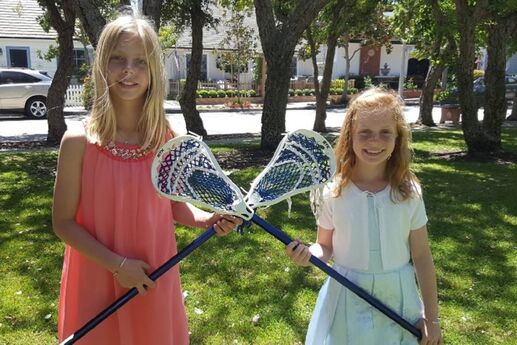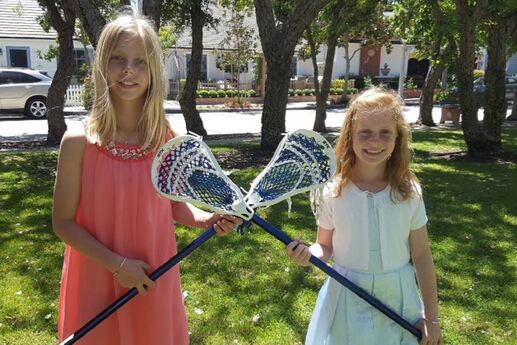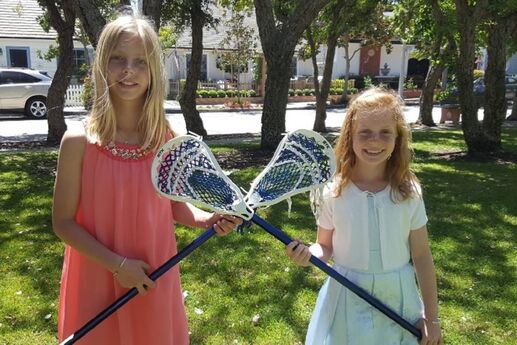Cool Girls Round the World
What’s not to love about a girl who’s out to make major world changes? We’ve rounded up three of our favorite do-gooder gals.…
Hannah Teter: Couldn’t be Sweeter
Competitive snowboarder Hannah Teter, 22, won gold in the 2006 Winter Olympics, but she didn’t let that medal muddle her head. Instead, she put her newfound clout to good use. “I’ve always wanted to help out in the world,” she says. “I now have the opportunity to pursue this dream.” So she decided to “sweeten the world one bottle at a time” with maple syrup from her home state of Vermont. Huh?
No, Hannah doesn’t think the Earth is flat as a pancake. But all profits from sales of her Hannah’s Gold Maple Syrup help poor children in the African community of Kirindon, Kenya. “I got to see the difference between clean water and dirty, disease-infested water that the kids were drinking previous to their rain water catchment system,” says Hannah of her trek to Kirindon. So far, she’s raised over half her goal of $100,000. Sticky sweet!
Ayna Agarwal: Doggone Do-gooder
During a trip last year to visit family in New Dehli, Ayna Agarwal, 16, was appalled to see helpless, homeless dogs wandering the streets. So she started Stop Pet Overpopulation Together Globally (SPOTGlobally), an organization to prevent animal overpopulation, starvation and cruelty.
SPOTGlobally has project sites in several locations worldwide: South Africa, Thailand, Nepal, Italy, Philippines, Mexico, Lebanon, Dominican Republic, Columbia and India. At the Friendicoes shelter in New Dehli, over 200 pets are cared for at any given time, but sadly, most have little hope of being adopted. Ayna’s program provides medications and surgical supplies. How does it benefit the world as a whole? Stray pets on the streets can lead to the spread of diseases -- such as rabies, a great endemic in India.
Amira Mortenson: Making Changes out of Change
What’d you drop on your last mocha latte? Three bucks? Five? A single cent in Pakistan can buy a pencil, and a dollar educates a girl for a month, says 13-year-old Amira Mortenson as she travels the world with her father promoting Pennies for Peace. Pennies for Peace inspires kids to collect spare change to support causes, such as building schools in Pakistan and Afghanistan.
Meanwhile, Amira’s dad has received death threats and even been kidnapped, mainly because he wants to help educate girls in volatile countries, as documented in his book, Three Cups of Tea. Amira continues to follow her father and her heart, influencing kids to care and share. “Our generation should be totally dedicated to peace, not war,” says Amira, “and we should make sure every kid in the world can go to school.”






